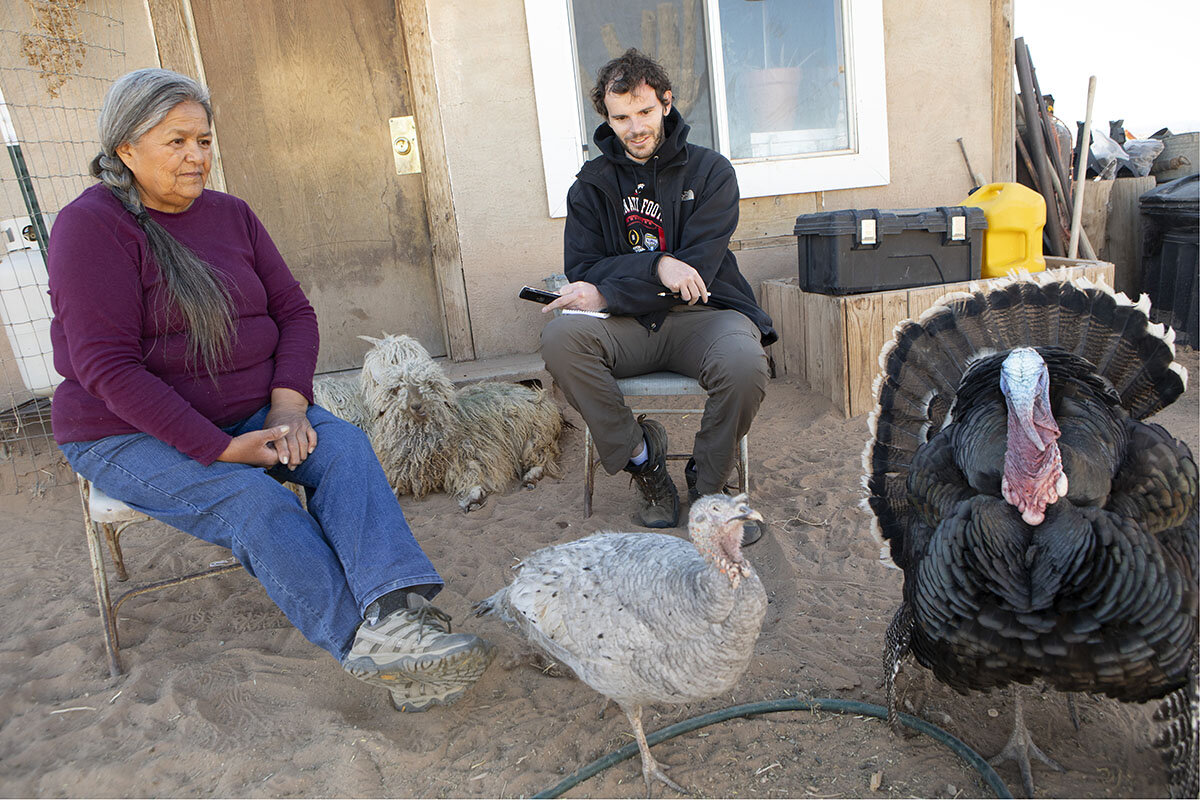Can real news be kind?

 Mark Sappenfield
Mark Sappenfield
A week ago, a British researcher published an article titled “Stories of kindness may counteract the negative effects of looking at bad news.” As you might imagine, I was intrigued.
Kathryn Buchanan of the University of Essex shared four main takeaways from her research: Stories of kindness remind us of our shared values. They support “the belief that the world and people in it are good.” And they provide “relief to the pain we experience when we see others suffering.”
It was her fourth point that stuck with me. She defined kindness and heroism as “moral beauty,” which “triggers ‘elevation’ – a positive and uplifting feeling” that “acts as an emotional reset button, replacing feelings of cynicism with hope, love and optimism.”
The study suggested this happens when one watches a news story about kindness after watching ones about bombings, cruelty, and violence. That is a good start. But can this elevation only happen with stories of kindness? Must the rest of the news abandon us to despair?
The world is asking us to consider that question deeply. Mental health is at crisis levels. People are avoiding the news in droves. What is the media’s responsibility?
Author and anti-apartheid activist Alan Paton once said of the Monitor, “It gives no shrift to any belief in the irredeemable wickedness of man, nor in the futility of human endeavor.”
In addition to reporting acts of kindness, perhaps a next step is to see the world through a lens of kindness. Never to excuse or ignore cruelty or crime, but to recognize that how we view the world shapes the world. Even when the world is unkind, we can be unmoved in our determination to love, to build, to seek credible hope. That is an awesome responsibility and a revolutionary opportunity.



